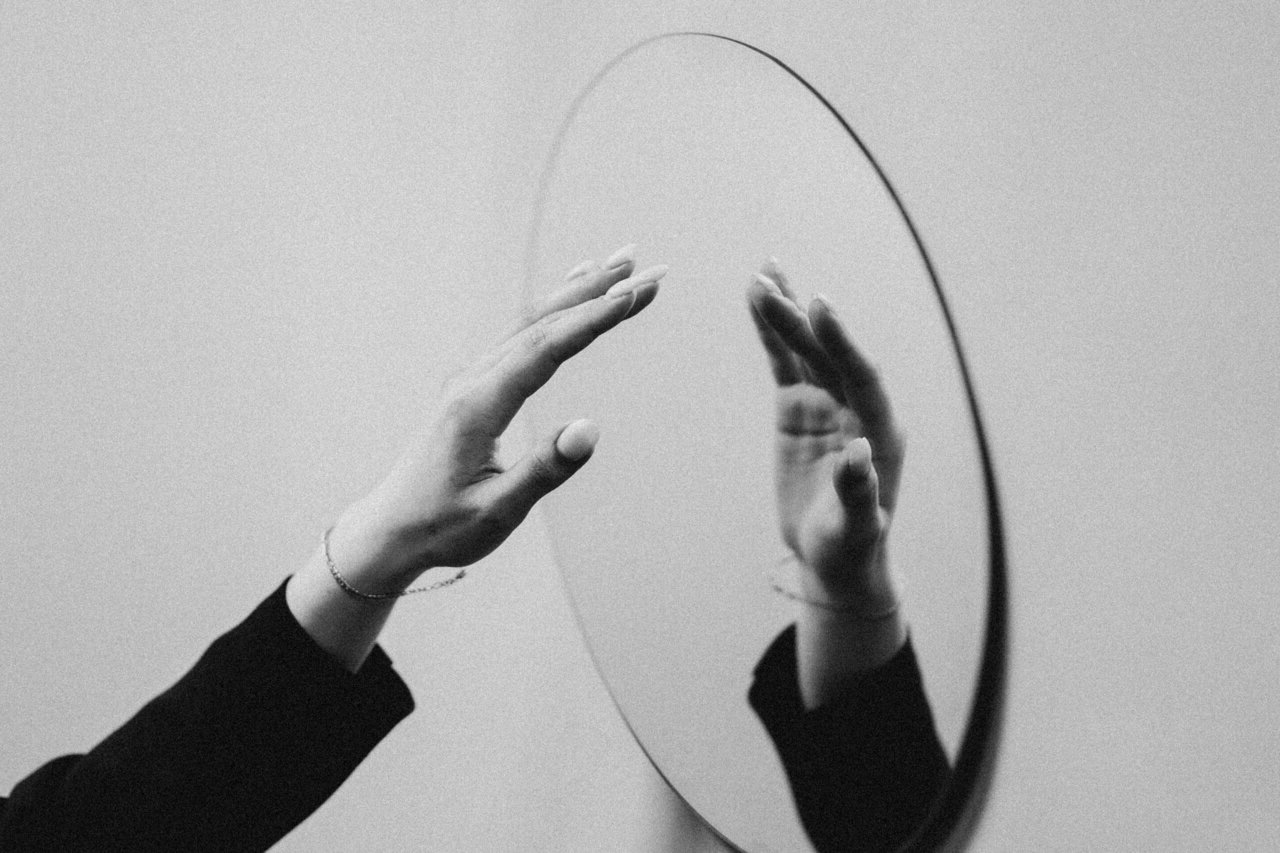
Mirrors have fascinated humans for centuries, reflecting not just our images but also our curiosity. Ever wondered why mirrors flip left to right but not top to bottom? Or how ancient civilizations created their reflective surfaces? Mirrors are more than just household items; they play crucial roles in science, art, and even mythology. From the mystical "Mirror of Erised" in Harry Potter to the practical uses in telescopes and lasers, these reflective surfaces have a rich history and diverse applications. Ready to learn some mind-bending facts about mirrors? Buckle up, because you're about to see mirrors in a whole new light!
The Origins of Mirrors
Mirrors have fascinated humans for centuries. Their history is rich and varied, reflecting our desire to see ourselves and the world more clearly.
- The first mirrors were made from polished stone, like obsidian, around 6000 BC.
- Ancient Egyptians created mirrors from polished copper around 3000 BC.
- The Chinese began making mirrors from polished bronze around 2000 BC.
- The Romans used glass mirrors backed with lead, a technique that evolved in the 1st century AD.
- In the Middle Ages, mirrors were rare and expensive, often owned only by the wealthy.
The Science Behind Mirrors
Understanding how mirrors work involves a bit of science. They rely on the principles of light reflection.
- Mirrors reflect light because they have a smooth surface that bounces light back at the same angle it hits.
- A flat mirror creates an image that is the same size as the object but reversed left to right.
- Concave mirrors can magnify objects, making them appear larger.
- Convex mirrors make objects appear smaller but provide a wider field of view.
- The reflective coating on modern mirrors is usually made from aluminum or silver.
Mirrors in Culture and Mythology
Mirrors have played significant roles in various cultures and mythologies, often symbolizing truth, self-reflection, or even magic.
- In Greek mythology, Narcissus fell in love with his reflection in a pool of water.
- Mirrors are often used in folklore to ward off evil spirits.
- The phrase "breaking a mirror brings seven years of bad luck" originates from Roman times.
- In Japanese culture, mirrors are considered sacred objects.
- The Snow White fairy tale features a magical mirror that speaks the truth.
Mirrors in Art and Literature
Artists and writers have long been inspired by mirrors, using them to explore themes of identity, perception, and reality.
- The famous painting "Arnolfini Portrait" by Jan van Eyck features a detailed mirror reflection.
- Lewis Carroll's "Through the Looking-Glass" explores a fantastical world accessed through a mirror.
- Salvador Dalí often used mirrors in his surrealist paintings to create dreamlike scenes.
- Mirrors are a common motif in horror literature, symbolizing hidden truths or alternate realities.
- The "Hall of Mirrors" in the Palace of Versailles is a stunning example of mirrors used in architecture.
Mirrors in Technology
Mirrors are not just for personal grooming; they play crucial roles in various technologies and scientific instruments.
- Telescopes use mirrors to gather and focus light from distant stars and galaxies.
- Periscopes in submarines rely on mirrors to allow sailors to see above the water's surface.
- Laser technology uses mirrors to direct and focus beams of light.
- Mirrors are essential components in many optical devices, including cameras and microscopes.
- Solar power plants use mirrors to concentrate sunlight and generate electricity.
Fun and Unusual Facts About Mirrors
Mirrors can be found in some unexpected places and have some surprising uses.
- Some animals, like dolphins and elephants, can recognize themselves in mirrors.
- The world's largest mirror is the Salar de Uyuni salt flat in Bolivia, which reflects the sky during the rainy season.
- Two-way mirrors are used in interrogation rooms and observation areas.
- Mirrors can be used in interior design to make spaces appear larger and brighter.
- The "Infinity Mirror" illusion is created by placing two mirrors facing each other, producing an endless series of reflections.
The Future of Mirrors
As technology advances, mirrors continue to evolve, finding new applications and becoming more sophisticated.
- Smart mirrors can display information like weather, news, and personal schedules.
- Augmented reality mirrors allow users to try on clothes or makeup virtually.
- Researchers are developing mirrors that can adjust their reflectivity based on lighting conditions.
Mirrors have come a long way from polished stones to high-tech smart devices. Their journey reflects our ongoing quest to see and understand the world around us.
Reflecting on Mirrors
Mirrors have fascinated humans for centuries. From ancient obsidian pieces to modern smart mirrors, they’ve evolved significantly. They’re not just for checking your reflection; they play roles in science, art, and even mythology. Mirrors can create illusions, enhance spaces, and even help in medical procedures.
Understanding mirrors means appreciating their history and the science behind them. They’re simple yet complex, blending physics and art. Next time you look into a mirror, remember it’s more than just glass and silver. It’s a piece of history and a marvel of science.
So, whether you’re using one to get ready in the morning or to reflect light in a solar panel, mirrors are an essential part of our lives. They remind us to look deeper, not just at our reflections, but at the world around us.
Was this page helpful?
Our commitment to delivering trustworthy and engaging content is at the heart of what we do. Each fact on our site is contributed by real users like you, bringing a wealth of diverse insights and information. To ensure the highest standards of accuracy and reliability, our dedicated editors meticulously review each submission. This process guarantees that the facts we share are not only fascinating but also credible. Trust in our commitment to quality and authenticity as you explore and learn with us.
